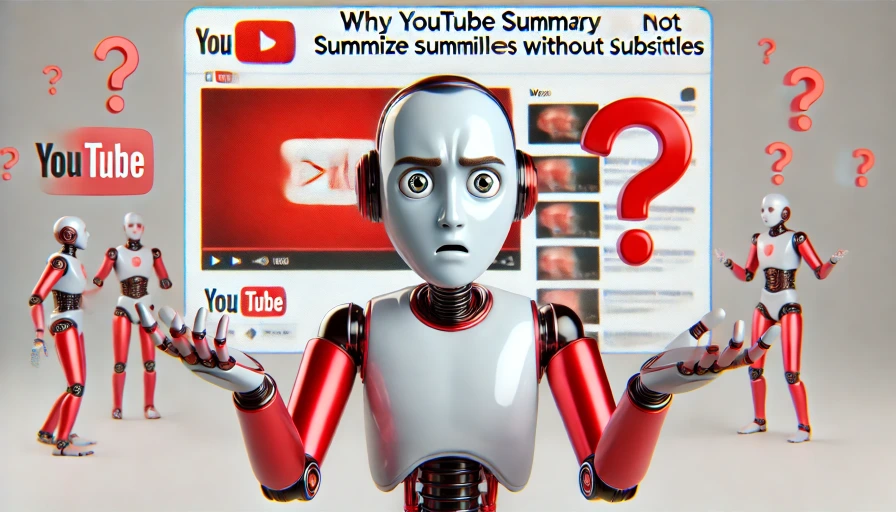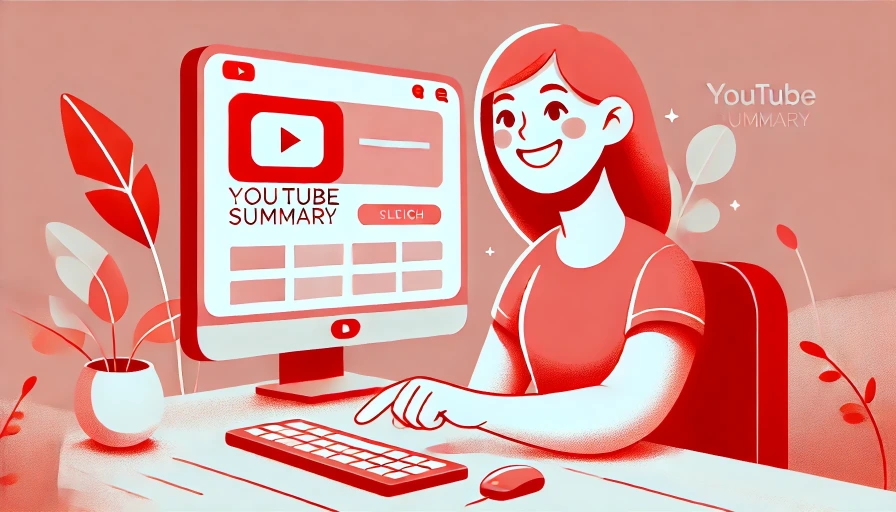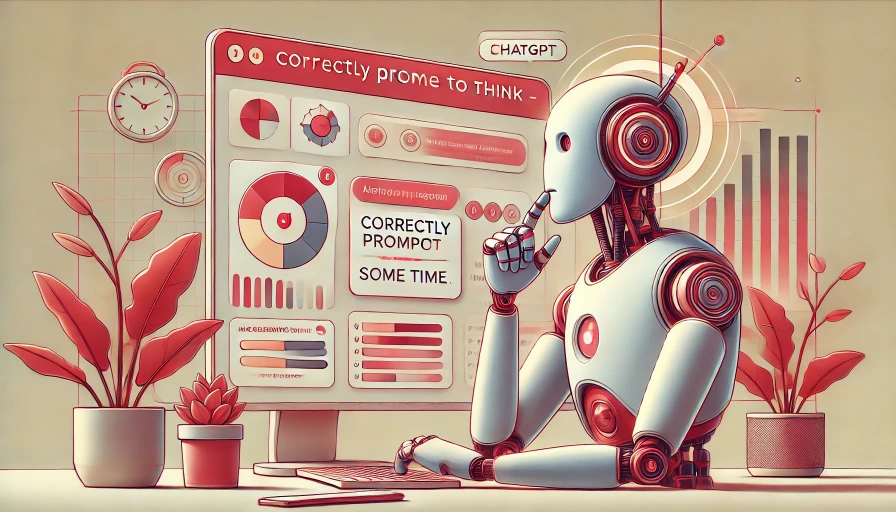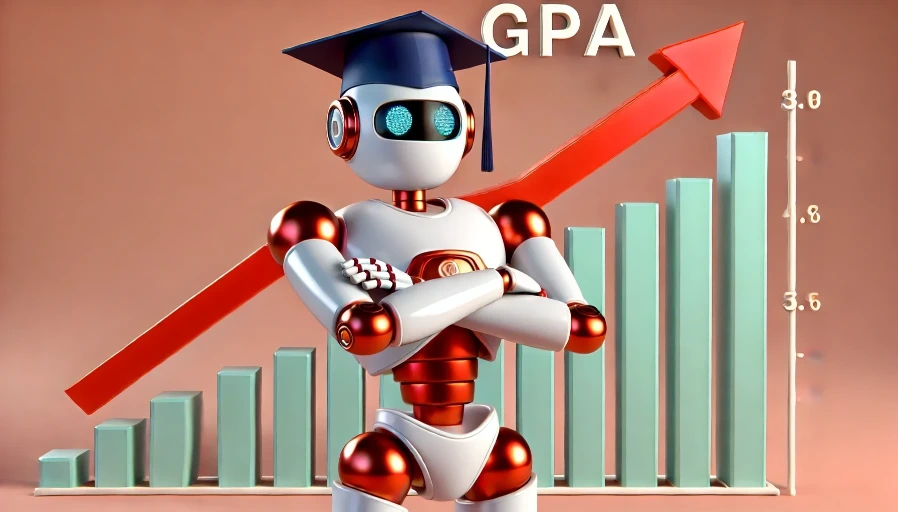
Why YouTube Summary Needs Subtitles
TL;DR: We rely on YouTube captions to summarize accurately and affordably. Auto-transcribing every video would multiply costs and latency without clear accuracy gains.
What actually happens when you click “Summarize”
- We fetch the public transcript made available by the platform.
- If captions exist, we pass that text to our summarizer and generate notes, key points, and quotes quickly.
- If captions don’t exist, we don’t proceed to audio transcription by default.
This flow is fast, reliable, and keeps costs predictable for everyone.
Why we don’t auto-transcribe every video
1) Cost and latency stack up fast
- Summarizing a 1-hour video from an existing transcript is cheap and quick because it’s just text processing.
- Transcribing that same hour of audio first is the expensive part. Even efficient ASR adds several dollars per hour and noticeable latency. At scale, that cost compounds and forces trade-offs on quotas, speed, or quality.
Realistic example for one 60-minute video:
- With captions: text-only processing, typically cents-level compute, seconds-to-minutes latency.
- Without captions: ASR first, then summarization. You add minutes of processing and multiple dollars in cost before the actual summary even starts.
2) Accuracy depends on audio conditions
Modern ASR is good, but real-world YouTube audio varies: cross-talk, background music, heavy compression, accents, domain jargon. YouTube’s native captions often benefit from platform-side models and creator edits. When platform captions are present, they are usually the most time- and cost-efficient signal.
3) Scale and fairness
We prefer to keep the service responsive for the majority of videos that already have captions. Auto-transcribing every non-captioned video would force higher prices or strict rate limits for all users.
How we obtain transcripts
We use tooling like yt-dlp to fetch available subtitles or the transcript YouTube exposes. When present, this gives us clean text that our model can summarize into:
- a short abstract
- structured key points
- notable quotes and references
If there are no captions, we surface that to you instead of silently switching to a slower, costlier ASR path.
Reference:
- yt-dlp project: https://github.com/yt-dlp/yt-dlp
- YouTube support on captions: https://support.google.com/youtube/answer/6373554
What you can do if your video lacks captions
- Enable captions in YouTube Studio and let the platform generate them automatically.
- Upload your own edited captions for best accuracy, especially for domain-specific terms.
- For long-form content, consider chapter markers and clean audio. Better audio usually means better captions and better summaries.
Quick comparison: captions vs on-the-fly ASR
- Captions available: fastest path, lowest cost, high accuracy for names and domain terms if the creator edited them.
- No captions: ASR needed first, higher cost and latency, potential miss on technical vocabulary unless tuned.
Verdict
Captions make summaries fast, accurate, and affordable. Without them, the required transcription step changes the economics and speed in ways that most users don’t want.
FAQ
-
Why can’t the AI just “watch” the video? Summarization works on text. Without captions, we must transcribe audio first, which adds cost and delay.
-
Are YouTube’s automatic captions good enough? Usually yes for lectures, tutorials, and interviews with clear audio. Noisy environments and heavy jargon still benefit from manual edits.
-
Will you support ASR as an option? Likely as an opt-in with clear pricing and timing. It won’t be the default for every no-caption video.
-
How can creators improve summary quality? Upload clean captions, separate speakers in transcripts when possible, and avoid loud background music under speech.
Author note
As a rule of thumb, if you are a video content creator and care about being summarized accurately, upload captions. It pays off in discovery, accessibility, and downstream tools like ours.
References
- yt-dlp project page: https://github.com/yt-dlp/yt-dlp
- YouTube help: Create and edit captions: https://support.google.com/youtube/answer/2734796




